Considerations for Bridging the Gap Between Design Thinking and Critical Perspectives
Greta Erschbamer and Natalie Olbrich
1.0 Introduction
Tourism has experienced exponential growth in recent years and has become a major global industry (World Tourism Organization [UNWTO], 2023). While this growth brought economic benefits to many destinations, it also resulted in a number of negative impacts. These undesirable consequences provoked a discussion on overtourism as a phenomenon, including concepts of quantitative measurement such as carrying capacity. As an impacting factor, overtourism can lead to stress on infrastructure, destruction of cultural heritage and natural resources, and conflict between tourists and locals. Popular tourist destinations such as Venice, Barcelona and Bali have become symbols of the challenges associated with overtourism (Pechlaner et al., 2018; Zacher et al., 2020). These issues led to the recognition of the need for change. Tourism stakeholders, including governments, destination management organisations, local communities and businesses, have embraced sustainable tourism policies as a solution. This expanded approach aims to balance the economic benefits of tourism with its impact on the environment, culture and society (Dávid, 2011; Olbrich et al., 2022).
At the same time, the transformation towards sustainability in connection with challenges for the environment and society are central topics of current discussions in tourism research (Budeanu et al., 2016). To date, various approaches from management, leadership and governance research have been used to discuss key issues in tourism. Many of these considerations have already found their way into tourism research and the tourism industry, influencing political measures and decisions. Changing political, social, technological and economic developments increase the complexity of processes in destinations and require approaches that contribute to a better understanding of destinations in terms of their future development, governance and management, particularly in relation to the quality of life of inhabitants and experiences of guests (Butler, 2023).
In this context, the fusion of research in the domains of tourism and design has made its mark within the field of destination research in the form of destination design. This is an approach to tourism that aims to create sustainable and attractive destinations. It involves developing a holistic approach to destination development that considers the needs of both visitors and locals and focuses on long-term economic, social and environmental impacts (Erschbamer et al., 2023; Koens et al., 2021). It can be seen as a structured process that includes steps to make a destination attractive, sustainable and competitive:
At the same time, the transformation towards sustainability in connection with challenges for the environment and society are central topics of current discussions in tourism research (Budeanu et al., 2016). To date, various approaches from management, leadership and governance research have been used to discuss key issues in tourism. Many of these considerations have already found their way into tourism research and the tourism industry, influencing political measures and decisions. Changing political, social, technological and economic developments increase the complexity of processes in destinations and require approaches that contribute to a better understanding of destinations in terms of their future development, governance and management, particularly in relation to the quality of life of inhabitants and experiences of guests (Butler, 2023).
In this context, the fusion of research in the domains of tourism and design has made its mark within the field of destination research in the form of destination design. This is an approach to tourism that aims to create sustainable and attractive destinations. It involves developing a holistic approach to destination development that considers the needs of both visitors and locals and focuses on long-term economic, social and environmental impacts (Erschbamer et al., 2023; Koens et al., 2021). It can be seen as a structured process that includes steps to make a destination attractive, sustainable and competitive:
- Strategic planning
- Market research and target group analysis
- Infrastructure and supply design
- Sustainability and environmental protection
- Local community involvement
- Marketing and promotion (Tussyadiah, 2014).
2.0 Advancing a Holistic View on Destinations
The concept of destination design enables a holistic view of a destination in order to analyse previously separate components and processes as a unified element. This holistic view of destinations is achieved by including design as an instrument for visualising processes, as a disruptive element for creating new perspectives, as a vehicle for trans- and interdisciplinarity, and as a tool that enables participation. Destination design is characterised by its blurred boundaries, as challenges are approached from a non-disciplinary perspective and solutions are sketched and prototyped at the interface of existing disciplines. Therefore, it should support the transition from multidisciplinarity to transdisciplinarity in tourism research (Scuttari et al., 2020).
Design and design research harbour great potential for the innovative development of sustainable and liveable destinations. The focus is primarily on the various starting points for design interventions, as well as processes and methods. Design – whether as "silent design" in the early phase of destination development or, as is currently the case, in a transdisciplinary network – can make important contributions to the very different challenges facing a destination (Steffen, 2023).
Likewise, other authors discussed design approaches in tourism: Fesenmaier and Xiang introduced the concept of design science as a framework which can guide both the theoretical foundations and applications in tourism design. Their advancements in theoretical frameworks, research methodologies and practical applications lay the groundwork for a novel paradigm known as Design Science in Tourism (DST). DST introduces a comprehensive framework for crafting systems and artifacts aimed at enhancing the daily lives and travel experiences of individuals. It should be emphasised that DST transcends the mere creation of events or locations to enhance the traveller’s experience; rather, it serves as a fundamental framework for conducting research and designing tourism destinations. Furthermore, DST places explicit emphasis on the creation of innovative artifacts, providing a solid basis for tourism managers to devise pioneering processes, systems and destinations. Consequently, DST can be effectively employed to inform tourism research by amalgamating the principles of design thinking and the science of design, the intrinsic nature of the visitor’s experience, and the potential artifacts that can be devised to govern and enhance these experiences (Fesenmaier & Xiang, 2017).
Design and design research harbour great potential for the innovative development of sustainable and liveable destinations. The focus is primarily on the various starting points for design interventions, as well as processes and methods. Design – whether as "silent design" in the early phase of destination development or, as is currently the case, in a transdisciplinary network – can make important contributions to the very different challenges facing a destination (Steffen, 2023).
Likewise, other authors discussed design approaches in tourism: Fesenmaier and Xiang introduced the concept of design science as a framework which can guide both the theoretical foundations and applications in tourism design. Their advancements in theoretical frameworks, research methodologies and practical applications lay the groundwork for a novel paradigm known as Design Science in Tourism (DST). DST introduces a comprehensive framework for crafting systems and artifacts aimed at enhancing the daily lives and travel experiences of individuals. It should be emphasised that DST transcends the mere creation of events or locations to enhance the traveller’s experience; rather, it serves as a fundamental framework for conducting research and designing tourism destinations. Furthermore, DST places explicit emphasis on the creation of innovative artifacts, providing a solid basis for tourism managers to devise pioneering processes, systems and destinations. Consequently, DST can be effectively employed to inform tourism research by amalgamating the principles of design thinking and the science of design, the intrinsic nature of the visitor’s experience, and the potential artifacts that can be devised to govern and enhance these experiences (Fesenmaier & Xiang, 2017).
3.0 Design Thinking for Participation as “Cure-All”?
Isolated approaches from design thinking and participatory design seem to have been particularly successful in their application in destinations, where design approaches in tourism research are predominantly governed by productive business agendas (i.e. fiscal gain and/or competitive advantages of a destination), choosing certain methodical orientations such as design thinking and other user- and customer-oriented approaches (Boedker, 2023).
Nevertheless, critics of design thinking are not new and have voiced several reservations and objections regarding their application. Some of the key criticisms encompass, for example, the tendency of design thinking to prioritise commercial interests and profitability over broader social and environmental concerns.
The author Jonas (1998) outlines the traditional notion of design as problem-solving suitable at a cognitive level but becoming misleading when applied to societal contexts. Unlike in mathematics, where solutions eliminate problems and establish secure knowledge, the dynamics of the market reveal a different reality, where also research on tourism and destinations would be accounted to. The market often generates "solutions" for existing "problems" or even invents "problems" to fit new "solutions", challenging the conventional problem–solution dichotomy. This commercial orientation can lead to the over-commercialisation of tourist destinations, potentially eroding the authenticity of local cultures and exacerbating negative socio-economic impacts.
Other design scholars such as Nigel Cross and Charles Burnett were among the early voices to critique the overly normative interpretation of the concept of design thinking. Jonas (2010), while recognising that the use of design thinking in decision-making could broaden the range of challenges that design could tackle significantly, voiced concerns about its limited capacity to encourage reflection on the unique characteristics of a particular problem and its ability to support a contextually grounded design process effectively (Jonas, 2010). Moreover, design thinking is often promoted as the new medium/method/tool to advance what is sometimes fuzzily labelled the "great transformation" towards the better (Jonas, 2010). Also, Ackermann (2023) shows a multitude of challenges still unresolved nearly two decades after the ascent of design thinking. Design processes themselves need to evolve beyond design thinking. A fundamental critique of design thinking is that it has corporate origins, which firmly embed the method‑ology within a capitalist framework. More recently, a strand has been developed in design research that is primarily characterised by the term “critical design”, where an alternative viewpoint on the design process has emerged, one that is less driven by the generation of economic value in the marketplace (such as design thinking) and more concerned with fostering reflection, addressing political dimensions, up‑holding values and confronting the intrinsic challenges within the field of tourism (Boedker, 2023). In this context, adopting a justice‑oriented perspective could fa‑cilitate collaboration and creativity on a broader scale, transcending existing power structures. Contemplating and recognising that capitalism does not constitute an immutable or intrinsic foundational law of nature can serve as a catalyst for critical design within the concept of destination design, which seeks to redefine societal structures and promote sustainable, participative, equitable systems in tourism as a sector and destinations as physical spaces while welcoming guests and being living spaces for inhabitants.
Nevertheless, critics of design thinking are not new and have voiced several reservations and objections regarding their application. Some of the key criticisms encompass, for example, the tendency of design thinking to prioritise commercial interests and profitability over broader social and environmental concerns.
The author Jonas (1998) outlines the traditional notion of design as problem-solving suitable at a cognitive level but becoming misleading when applied to societal contexts. Unlike in mathematics, where solutions eliminate problems and establish secure knowledge, the dynamics of the market reveal a different reality, where also research on tourism and destinations would be accounted to. The market often generates "solutions" for existing "problems" or even invents "problems" to fit new "solutions", challenging the conventional problem–solution dichotomy. This commercial orientation can lead to the over-commercialisation of tourist destinations, potentially eroding the authenticity of local cultures and exacerbating negative socio-economic impacts.
Other design scholars such as Nigel Cross and Charles Burnett were among the early voices to critique the overly normative interpretation of the concept of design thinking. Jonas (2010), while recognising that the use of design thinking in decision-making could broaden the range of challenges that design could tackle significantly, voiced concerns about its limited capacity to encourage reflection on the unique characteristics of a particular problem and its ability to support a contextually grounded design process effectively (Jonas, 2010). Moreover, design thinking is often promoted as the new medium/method/tool to advance what is sometimes fuzzily labelled the "great transformation" towards the better (Jonas, 2010). Also, Ackermann (2023) shows a multitude of challenges still unresolved nearly two decades after the ascent of design thinking. Design processes themselves need to evolve beyond design thinking. A fundamental critique of design thinking is that it has corporate origins, which firmly embed the method‑ology within a capitalist framework. More recently, a strand has been developed in design research that is primarily characterised by the term “critical design”, where an alternative viewpoint on the design process has emerged, one that is less driven by the generation of economic value in the marketplace (such as design thinking) and more concerned with fostering reflection, addressing political dimensions, up‑holding values and confronting the intrinsic challenges within the field of tourism (Boedker, 2023). In this context, adopting a justice‑oriented perspective could fa‑cilitate collaboration and creativity on a broader scale, transcending existing power structures. Contemplating and recognising that capitalism does not constitute an immutable or intrinsic foundational law of nature can serve as a catalyst for critical design within the concept of destination design, which seeks to redefine societal structures and promote sustainable, participative, equitable systems in tourism as a sector and destinations as physical spaces while welcoming guests and being living spaces for inhabitants.
References
Ackermann, R. (2023). Design thinking was supposed to fix the world. Where did it go wrong? An approach that promised to democratize design may have done the op‑ posite. MIT Technology Review. www.technologyreview.com/2023/02/09/1067821/ design‑thinking‑retrospective‑what‑went‑wrong
Boedker, M. (2023). Design as inquiry. Critical design in tourism. In H. Pechlaner, G. Ersch‑ bamer, & N. Olbrich (Eds.). Destination design: Neue Ansätze und Perspektiven aus der Designforschung für die Entwicklung von Regionen und Destinationen. Springer Fachme‑dien Wiesbaden; Imprint Springer Gabler. https://doi.org/10.1007/978‑3‑658‑39879‑8_8
Budeanu, A., Miller, G., Moscardo, G., & Ooi, C. (2016). Sustainable tourism, progress, challenges and opportunities: An introduction. Journal of Cleaner Production, 111, 285–294. https://doi.org/10.1016/j.jclepro.2015.10.027.
Butler, R. (2023). Rethinking tourism: Why and who? Worldwide Hospitality and Tourism Themes. https://doi.org/10.1108/WHATT‑09‑2023‑0108
Dávid, L. (2011). Tourism ecology: Towards the responsible, sustainable tourism fu‑ture. Worldwide Hospitality and Tourism Themes, 3(3), 210–216. https://doi.org/10.1108/17554211111142176
Erschbamer, G., Pechlaner, H., & Olbrich, N. (2023). Destination design – Evolution und Revolution des Wandels [Destination design – evolution and revolution of change]. In H.Pechlaner, G. Erschbamer, & N. Olbrich (Eds.). Destination design: Neue Ansätze und Perspektiven aus der Designforschung für die Entwicklung von Regionen und Destina‑tionen. Springer Fachmedien Wiesbaden; Imprint Springer Gabler.
Fesenmaier, D., & Xiang, Z. (2017). Introduction to tourism design and Design Science in Tourism. In D. Fesenmaier & Z. Xiang (Eds.), Design Science in Tourism: Tourism on the verge. Springer. https://doi.org/10.1007/978‑3‑319‑42773‑7_1
226 Greta Erschbamer and Natalie Olbrich
Jonas, W. (1998). Design as problem‑solving? or: Here is the solution – what was the prob‑lem? Design Studies, 14(2), 157–170.
Jonas, W. (2010). A sense of vertigo: Design thinking as general problem solver. Insti‑tute for Transportation Design. http://8149.website.snafu.de/wordpress/wp‑content/ uploads/2011/06/EAD09.Jonas_.pdf
Koens, K., Smit, B., & Melissen, F. (2021). Designing destinations for good: Using design roadmapping to support pro‑active destination development. Annals of Tourism Research,89, 103233. https://doi.org/10.1016/j.annals.2021.103233
Olbrich, N., Philipp, J., & Thees, H. (2022). Tourism and tourism services in transition: What are the challenges and how should tourism change? In H. Pechlaner, N. Olbrich, J. Philipp,& H. Thees (Eds.), Towards an ecosystem of hospitality – Location:City:Destination.Graffeg.
Pechlaner, H., Eckert, C., & Olbrich, N. (2018). Zu viel Tourismus?: Lösungsansätze zu Over‑Crowding und Overtourism [Too much tourism? Solutions for overcrowding and overtourism]. Tourismus Wissen – Quarterly: Wissenschaftliches Magazin Für Touris‑tisches Know‑How, 14, 291–297.
Scuttari, A., Pechlaner, H., & Erschbamer, G. (2020). Destination design: A heuristic case study approach to sustainability‑oriented innovation. Annals of Tourism Research, 86. https://doi.org/10.1016/j.annals.2020.103068.
Steffen, D. (2023). Designtheoretische Zugänge für die nachhaltige Gestaltung von Des‑tinationen [Design-theoretical approaches for a sustainable design of destinations]. In H. Pechlaner, G. Erschbamer & N. Olbrich (Eds.), Destination design: Neue Ansätze und Perspektiven aus der Designforschung für die Entwicklung von Regionen und Destinationen. Springer Fachmedien Wiesbaden; Imprint Springer Gabler. https://doi.org/10.1007/978‑3‑658‑39879‑8_2
Tussyadiah, I. P. (2014). Toward a theoretical foundation for experience design in tourism. Journal of Travel Research, 53(5), 543–564. https://doi.org/10.1177/0047287513513172 Volgger, M., Erschbamer, G., & Pechlaner, H. (2021). Destination design: New perspectives for tourism destination development. Journal of Destination Marketing & Management,1. https://doi.org/10.1016/j.jdmm.2021.100561
World Tourism Organization (UNWTO). (2023). World Tourism Organization: A UN spe‑cialized agency. www.unwto.org/
Zacher, D., Pechlaner, H., & Olbrich, N. (2020). Strategy is the art of combining short‑and long‑term measures – Empirical evidence on overtourism from European cities and regions. In H. Pechlaner, E. Innerhofer, & G. Erschbamer (Eds.), Contemporary geogra‑phies of leisure, tourism and mobility. Overtourism: Tourism management and solutions. Routledge
Boedker, M. (2023). Design as inquiry. Critical design in tourism. In H. Pechlaner, G. Ersch‑ bamer, & N. Olbrich (Eds.). Destination design: Neue Ansätze und Perspektiven aus der Designforschung für die Entwicklung von Regionen und Destinationen. Springer Fachme‑dien Wiesbaden; Imprint Springer Gabler. https://doi.org/10.1007/978‑3‑658‑39879‑8_8
Budeanu, A., Miller, G., Moscardo, G., & Ooi, C. (2016). Sustainable tourism, progress, challenges and opportunities: An introduction. Journal of Cleaner Production, 111, 285–294. https://doi.org/10.1016/j.jclepro.2015.10.027.
Butler, R. (2023). Rethinking tourism: Why and who? Worldwide Hospitality and Tourism Themes. https://doi.org/10.1108/WHATT‑09‑2023‑0108
Dávid, L. (2011). Tourism ecology: Towards the responsible, sustainable tourism fu‑ture. Worldwide Hospitality and Tourism Themes, 3(3), 210–216. https://doi.org/10.1108/17554211111142176
Erschbamer, G., Pechlaner, H., & Olbrich, N. (2023). Destination design – Evolution und Revolution des Wandels [Destination design – evolution and revolution of change]. In H.Pechlaner, G. Erschbamer, & N. Olbrich (Eds.). Destination design: Neue Ansätze und Perspektiven aus der Designforschung für die Entwicklung von Regionen und Destina‑tionen. Springer Fachmedien Wiesbaden; Imprint Springer Gabler.
Fesenmaier, D., & Xiang, Z. (2017). Introduction to tourism design and Design Science in Tourism. In D. Fesenmaier & Z. Xiang (Eds.), Design Science in Tourism: Tourism on the verge. Springer. https://doi.org/10.1007/978‑3‑319‑42773‑7_1
226 Greta Erschbamer and Natalie Olbrich
Jonas, W. (1998). Design as problem‑solving? or: Here is the solution – what was the prob‑lem? Design Studies, 14(2), 157–170.
Jonas, W. (2010). A sense of vertigo: Design thinking as general problem solver. Insti‑tute for Transportation Design. http://8149.website.snafu.de/wordpress/wp‑content/ uploads/2011/06/EAD09.Jonas_.pdf
Koens, K., Smit, B., & Melissen, F. (2021). Designing destinations for good: Using design roadmapping to support pro‑active destination development. Annals of Tourism Research,89, 103233. https://doi.org/10.1016/j.annals.2021.103233
Olbrich, N., Philipp, J., & Thees, H. (2022). Tourism and tourism services in transition: What are the challenges and how should tourism change? In H. Pechlaner, N. Olbrich, J. Philipp,& H. Thees (Eds.), Towards an ecosystem of hospitality – Location:City:Destination.Graffeg.
Pechlaner, H., Eckert, C., & Olbrich, N. (2018). Zu viel Tourismus?: Lösungsansätze zu Over‑Crowding und Overtourism [Too much tourism? Solutions for overcrowding and overtourism]. Tourismus Wissen – Quarterly: Wissenschaftliches Magazin Für Touris‑tisches Know‑How, 14, 291–297.
Scuttari, A., Pechlaner, H., & Erschbamer, G. (2020). Destination design: A heuristic case study approach to sustainability‑oriented innovation. Annals of Tourism Research, 86. https://doi.org/10.1016/j.annals.2020.103068.
Steffen, D. (2023). Designtheoretische Zugänge für die nachhaltige Gestaltung von Des‑tinationen [Design-theoretical approaches for a sustainable design of destinations]. In H. Pechlaner, G. Erschbamer & N. Olbrich (Eds.), Destination design: Neue Ansätze und Perspektiven aus der Designforschung für die Entwicklung von Regionen und Destinationen. Springer Fachmedien Wiesbaden; Imprint Springer Gabler. https://doi.org/10.1007/978‑3‑658‑39879‑8_2
Tussyadiah, I. P. (2014). Toward a theoretical foundation for experience design in tourism. Journal of Travel Research, 53(5), 543–564. https://doi.org/10.1177/0047287513513172 Volgger, M., Erschbamer, G., & Pechlaner, H. (2021). Destination design: New perspectives for tourism destination development. Journal of Destination Marketing & Management,1. https://doi.org/10.1016/j.jdmm.2021.100561
World Tourism Organization (UNWTO). (2023). World Tourism Organization: A UN spe‑cialized agency. www.unwto.org/
Zacher, D., Pechlaner, H., & Olbrich, N. (2020). Strategy is the art of combining short‑and long‑term measures – Empirical evidence on overtourism from European cities and regions. In H. Pechlaner, E. Innerhofer, & G. Erschbamer (Eds.), Contemporary geogra‑phies of leisure, tourism and mobility. Overtourism: Tourism management and solutions. Routledge

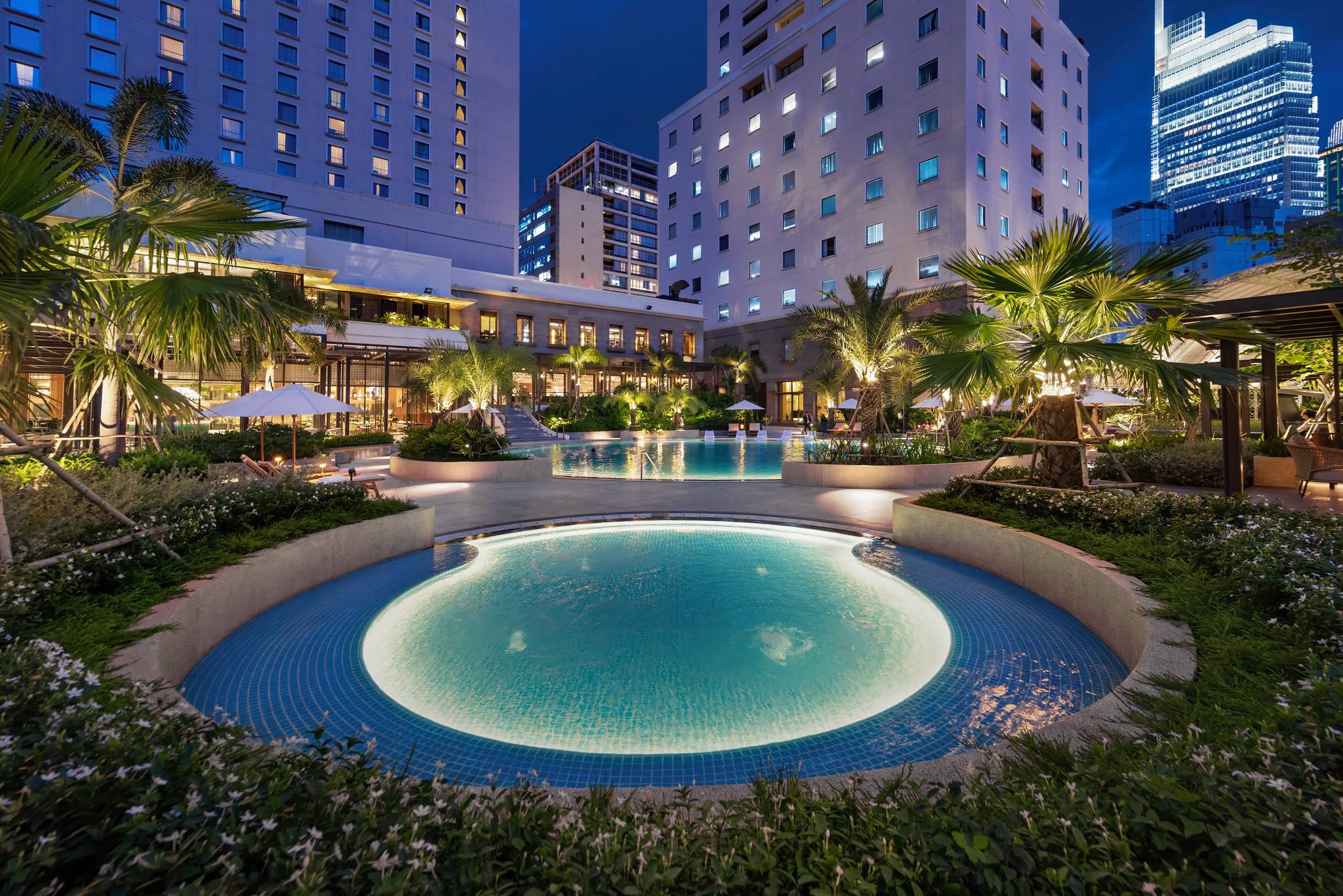
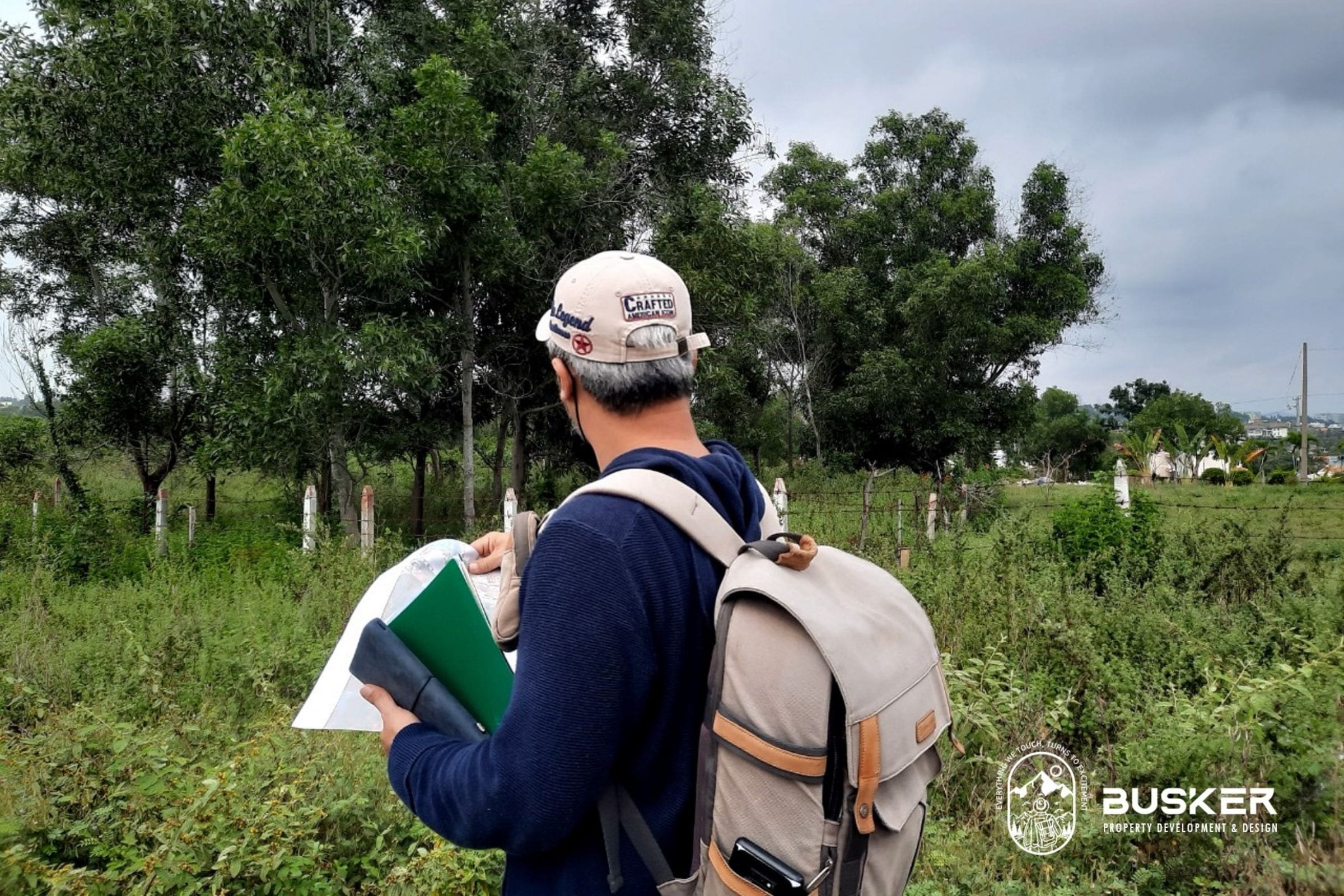









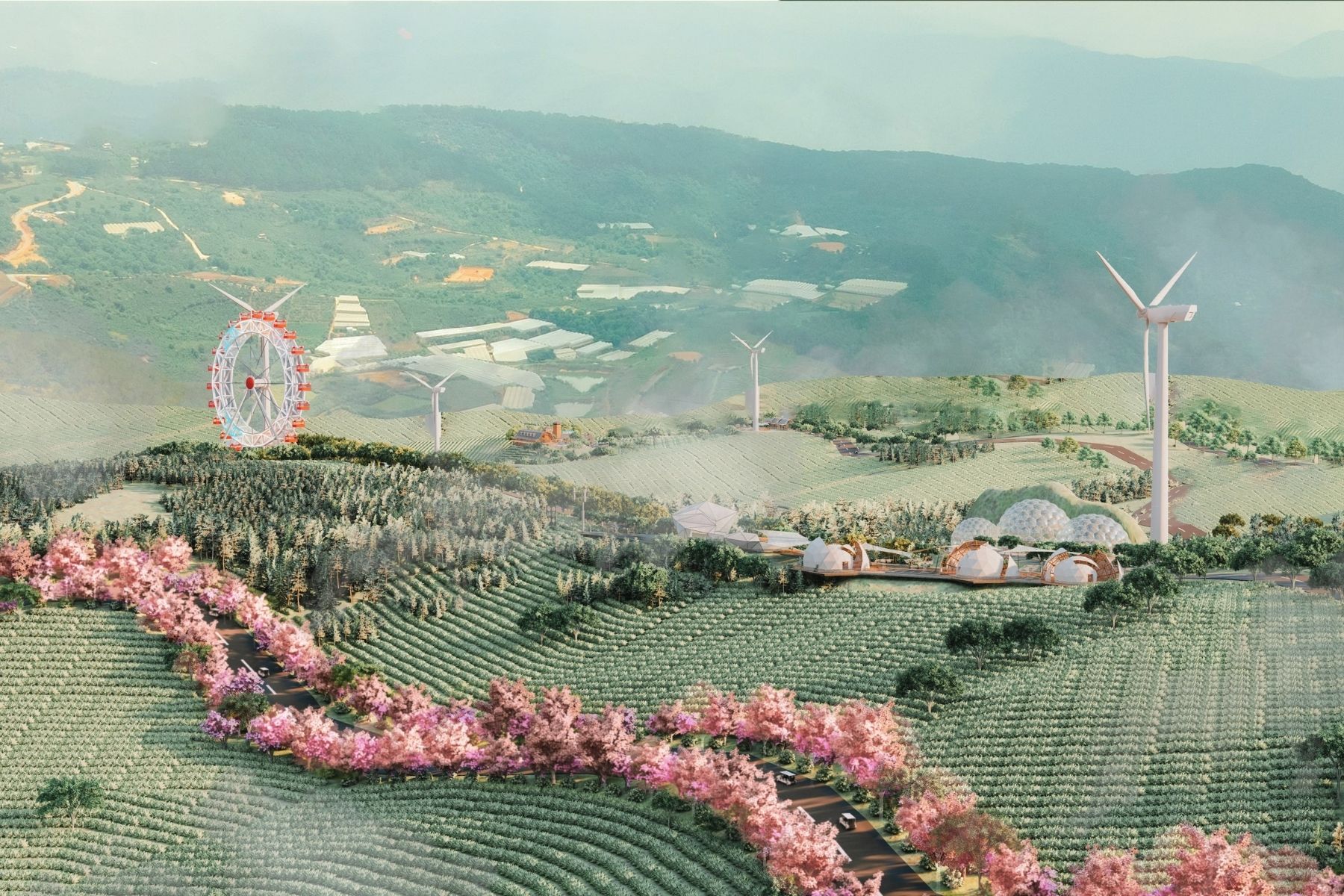

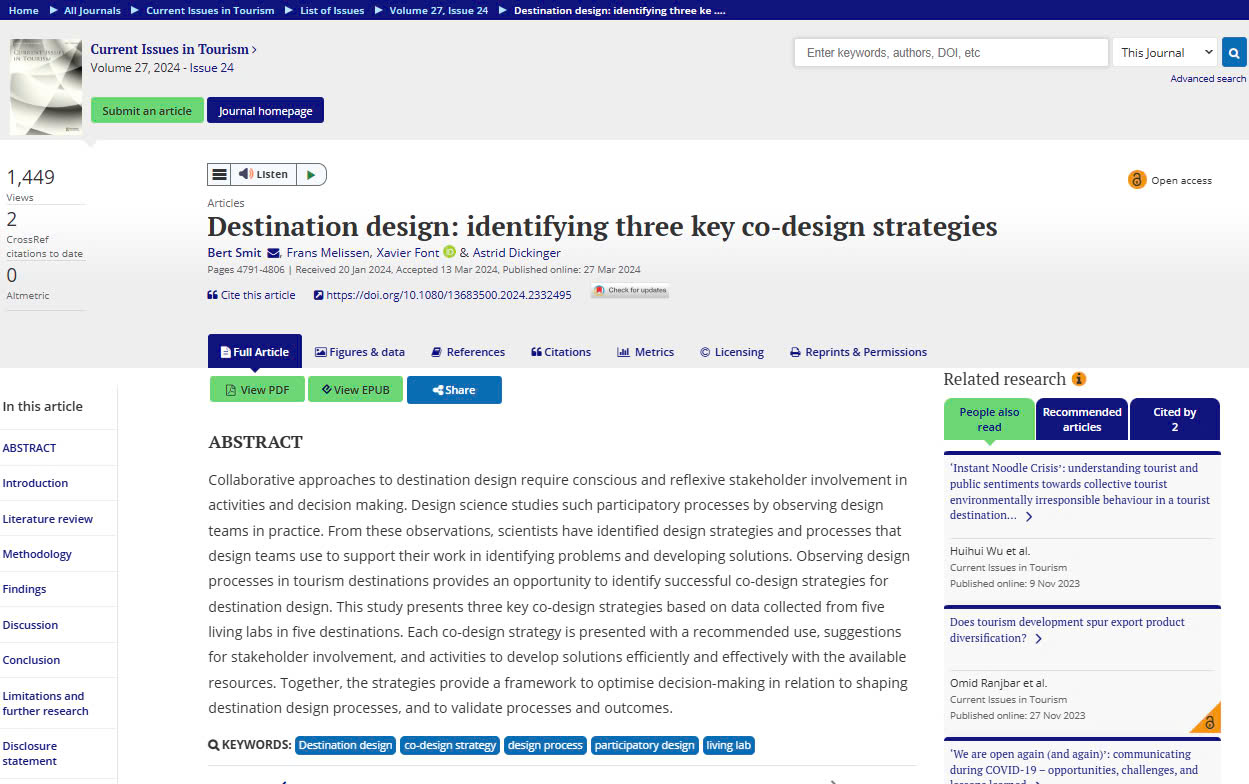
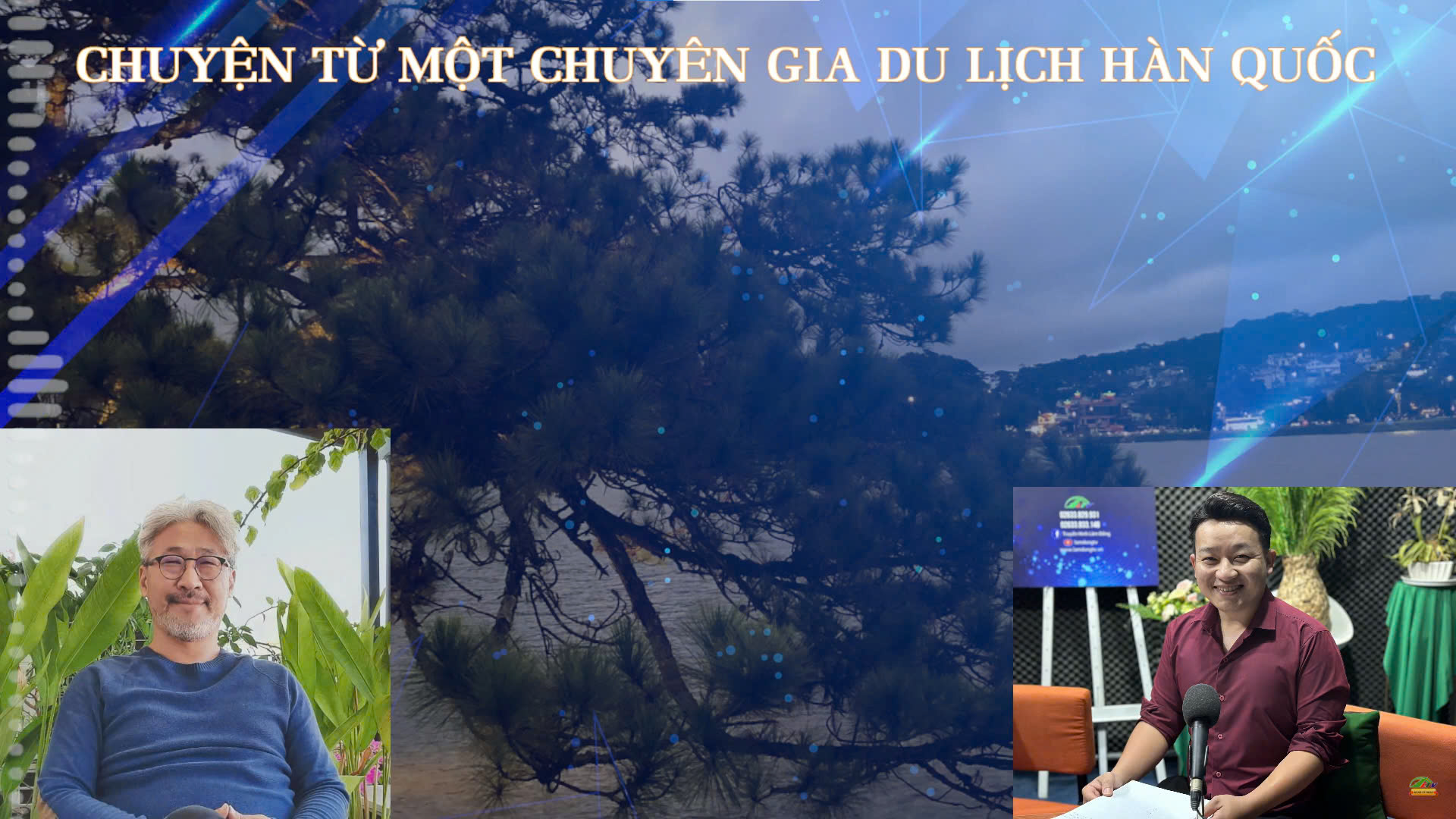
![[Category: Stories from Seoul - KBS] Travel Trends of South Koreans in Da Lat Through Insights from the Vietnam Branch Director of KOVET](https://en.smartourism.vn/uploads/images/news/kbs-world-radio-tgroup-minhtan.jpg)



